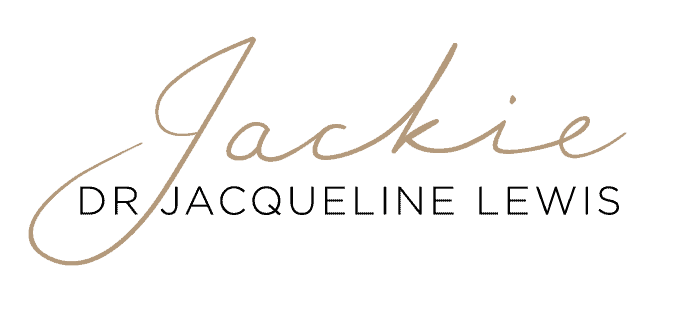BREASTS
BREAST RECONSTRUCTION
Various methods are available to reconstruct a breast using the woman’s own tissue or a prosthesis or a combination of these.
Who is it suitable for?
For women who have had their whole breast or part of their breast removed for breast cancer.
What does it involve?
Breast reconstruction is a process that takes several operations to reconstruct the breast mound, achieve symmetry or balance between the breasts and to reconstruct the nipple-areola complex.
The process of creating the mound can be started at the time of mastectomy (immediate reconstruction) or any time down the line (delayed reconstruction).
The main methods for creating the breast mound are:
• Insertion of a prosthesis (silicone implant or expandable prosthesis)
• A flap of tissue from the back, abdomen, buttock, inner thigh or flank
• Free fat transfer or lipomodelling
• Combination of the above methods
Prosthetic based procedures use either 1) a temporary expandable prosthesis that is exchanged at a later date for a fixed volume silicone implant or the patient’s own tissue, or 2) a fixed volume silicone implant that lasts 10-15 years and can be exchanged.
A flap consisting of the patient’s own skin or fat or muscle or a combination of these can be transferred from a different area based on it’s own attached blood supply (eg Latissimus Dorsi or LD flap from the back) or by joining up the tiny blood vessels from the flap itself to vessels in the breast area behind the breast bone or in the underarm area using microsurgery. A popular flap used for breast reconstruction is the DIEP (deep inferior epigastric artery perforator) flap from the lower abdomen which leaves a ‘tummy tuck’ scar and gives a soft warm reconstructed breast mound that feels like normal breast tissue while preserving the underlying muscle in the abdomen.
Lipomodelling uses a person’s own fat that is harvested from areas where there is an excess, using liposuction. The fat is processed and then injected in small packets into the area to be reconstructed. It usually requires more than one operative procedure. If more than one procedure is required, there is the option of ‘fat banking’ where the whole required amount of fat is harvested under the one general anaesthetic and subsequent fat injections are done under local anaesthetic.
Achieving symmetry between the breasts sometimes requires adjustments to the opposite breast to enhance or reduce the volume or lift the breast (mastopexy).
Nipple areola reconstruction is usually done as the final step where the areola is tattooed using medical grade pigments and the nipple projection is created with a small local flap of nearby skin and tissue or as a free graft shared from the remaining nipple or labia minora. A prosthetic nipple can be custom made to match the opposite nipple or bought ‘off the shelf’.
Frequently asked questions
How do I know if this procedure is right for me?
Your surgeon will guide you on your options having taken into consideration your wishes, your cancer, your general health, proposed adjuvant therapy and your body proportions.
How long does the procedure take?
This depends on whether it is done as an immediate or delayed procedure and the type of reconstructive procedure. Flap operations usually take longer than implant based operations.
How much does this procedure cost?
This depends on the type of procedure, length of stay in hospital and type of implant if used. You will receive a cost breakdown before you book the operation.
Are there any potential side effects?
With any surgical procedure, there is a potential for unwanted effects. These include infection, bleeding, haematoma (collection of blood), seroma (collection of fluid), pain, asymmetry or psychological problems.
It is essential for you to minimize any risk factors (stop smoking, avoid blood thinning medications, stop the oral contraceptive pill, discuss other medications or supplements) when planning surgery.
Potential specific unwanted effects:
Implants – asymmetry, capsular contracture (hardening of scar tissue surrounding the prosthesis), implant leak or rupture, visible implant, BIA-ALCL (breast implant associated anaplastic large cell lymphoma)
Lipomodelling – skin irregularities at donor sites, excessive fat loss or cysts at injected site.
Flaps – loss of blood supply leading to flap loss, donor site problems (delayed healing, unsightly scars, hernia or bulge, altered sensation).
Related Procedures
Breast Conservation
If the tumour is small in relation to your breast, breast conserving surgery (Wide Local Excision, Lumpectomy or Quadrantectomy) may be possible.
Breast Removal
If the tumour is large in relation to your breast, breast removal surgery (otherwise known as a Mastectomy) may be required.
Lymph Node Removal
If breast cancer is detected, this procedure can help determine whether or not cancer cells have spread outside the breast.


ABOUT DR JACQUELINE LEWIS
Based in London, Dr Lewis is a highly respected surgeon, with over 30 years experience in helping women feel good about their bodies.

© Dr Jacqueline Lewis | Website by The Good Alliance
